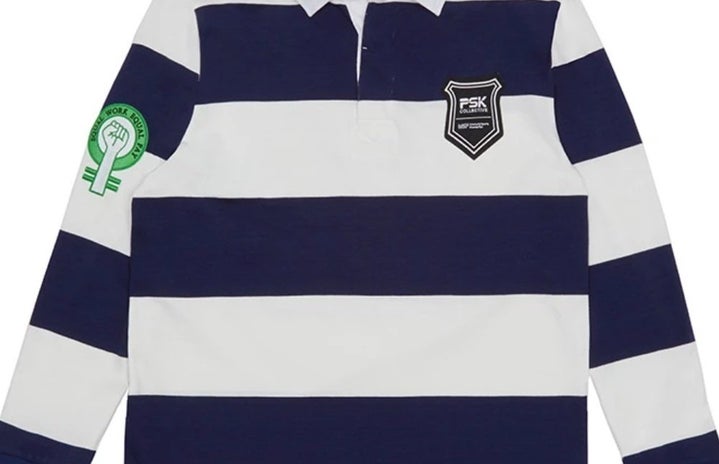You’ve likely seen the “old money aesthetic” on a TikTok compilation: clips of 90s Ralph Lauren editorials, East Coast summers, Blair Waldorf, Jay Gatsby, and Audrey Hepburn, all set to sonorous “Born to Die” era Lana del Rey. As Lana puts it, old money epitomizes the ‘young and beautiful’ crystallized in subdued elegance and sophistication.
It is often juxtaposed to our conceptualization of a West Coast, Kardashian-esque “new money.” In comparison to the subtle luxury and maturity of old money, new money is quite ‘in-your-face.’ It thrives on being flashy and overdone, and often prospers off over-the-top logos. New money is concerned less with fashion, and more with the art of pompously displaying their wealth – think twenty-first-century Gucci.
How, then, has the quiet luxury of old money seamlessly slipped back into popular fashion? In fact, the aesthetic has resurged to such an incredible degree that it’s saved J. Crew and prompted logo and fashion changes for designer brands.
People propose that this prep renaissance is a response to the new money aesthetic; however, I believe it to be slightly more convoluted. Consider what the old money aesthetic has that the new money aesthetic does not: the art of timelessness. New money is undoubtedly expensive, but like the rapidly changing trend cycle, the fashion heralded by new money brands is easily replaceable and short-lived. The wide-reaching embrace of fast fashion traps consumers in an endless game of ‘keeping up with the Joneses.’ Old money fashion offers a form of escape.
The irony of the old money aesthetic cannot be ignored. While it champions cricket jumpers on Ivy League greens, it exists in a world in which college admissions scandals and wealth and racial inequalities are exacerbated. We cling to displays of money as we venture into a banking crisis and inflation-induced turmoil.
Despite this, the praise of the old money aesthetic persists. It’s been making a steady and supported comeback since 2020, assisting the revival of the nearly bankrupt J. Crew. The company began its full resurgence in May of 2021, and has since been flourishing.
Subtle changes endure on a smaller scale as well. Consider the new change in Burberry’s logo: while its current branding is simply the name written in an unassuming modern serif, it is reverting to its original symbol – the Equestrian Knight Design – featuring a shield wearing a decorative “B” and an engraving with the word “Prorsum” (a Latin word meaning forwards).
While “Prorsum” is somewhat ironic, as we are looking backward rather than to the future, perhaps the change is indicative of a future rooted in antiquity.


